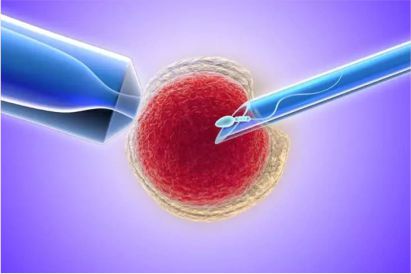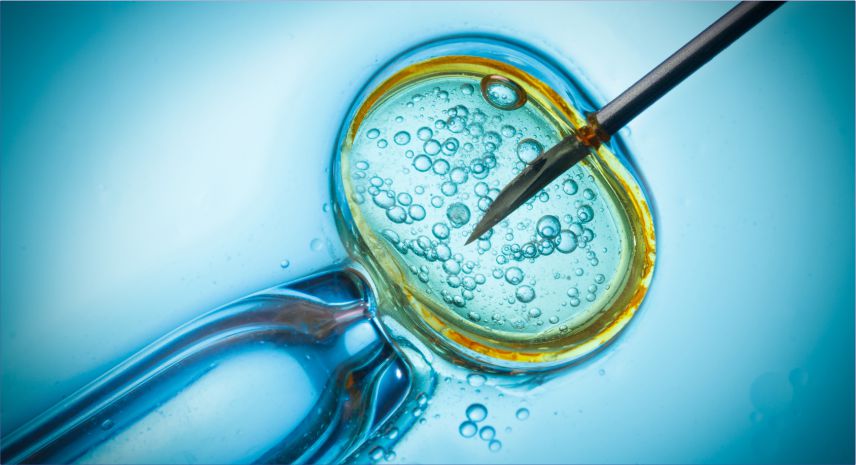About Us
Ashoka Test Tube Baby Centre Clinic: Premier IVF treatment in Chhattisgarh, offering comprehensive infertility services with innovation, integrity, and personalized care
About Us-

Helpline
+91 94255-03700
-

email :
corporate.ashoka@gmail.com
-

Treatment Techniques
- Home
- Cytoplasmic Transfer
Categories


Cytoplasmic Transfer
Cytoplasmic Transfer involves injecting cytoplasm from a healthy donor egg into a recipient egg to improve embryo.

Cytoplasmic transfer is a technique used in assisted reproductive technology (ART) to enhance the potential for successful fertilization and embryo development. It involves the transfer of a small amount of cytoplasm, the gel-like substance within the cell, from a donor egg to a recipient egg.
During cytoplasmic transfer, the recipient egg, which may have compromised cytoplasmic quality or developmental potential, is injected with a small amount of cytoplasm obtained from a donor egg. This procedure is typically performed using a fine glass needle or microinjection pipette under a microscope.
The transferred cytoplasm contains various components, such as mitochondria, enzymes, proteins, and other cellular factors, that play important roles in cellular metabolism and development. By introducing healthy cytoplasm from a donor egg into the recipient egg, it is believed that the quality and developmental competence of the recipient egg may be improved. Cytoplasmic transfer is typically considered in cases where the intended mother has eggs with poor cytoplasmic quality due to age-related factors, genetic conditions, or previous unsuccessful IVF cycles. It is also sometimes used in cases of repeated embryo implantation failure or poor embryo development.
